Table of content
Before we discuss the relationship between low platelets and type 1 diabetes, let’s take a quick look at what is type 1 diabetes.
Type 1 Diabetes
Diabetes is a health condition during which your body either becomes resistant to insulin or stops producing it at all, which is even more dangerous.
When with Type 1 diabetes, your body is unable to make insulin on its own, thus also known as insulin-dependent diabetes mellitus (IDDM). As per the National Institute of Health, insulin is critical for carrying intracellular glucose to insulin-dependent cells/tissues, such as the liver, muscle, and adipose tissue (fat tissues or fatty tissues) – thus lowering the blood glucose or blood sugar levels and supplying it to the cells/tissues that need it.
This is the reason why sugar levels can go dangerously high in people with type 1 diabetes if insulin is not consumed regularly. To stay healthy people with type 1 diabetes should take insulin doses as guided by the doctor.
Low Platelets and Type 1 Diabetes
Platelets are small pieces of large bone marrow cells (megakaryocytes) in your blood. As per OUHSC the diameter of platelets is about 20% of red blood cells. The main function of platelets is to help the blood clot or stop bleeding. A normal platelet count is between 150,000 and 450,000 platelets per microliter of blood.
- Safe Low Range: 150,000 – 200,000
- Safe High Range: 450,000 – 600,000
If this platelet drop happens below 150,000, it creates a condition called thrombocytopenia, which can lead to excessive bleeding in case of any injury. In any case when the bleeding is not stopping, please go to a hospital immediately.
Why Platelets Are Inactive During Type 1 Diabetes
Low platelets may be due to several causes in a patient diagnosed with type 1 diabetes. However, one of the main causes is high blood sugar which can damage the blood vessels and affect the function of the platelets. Inflammation that may come with diabetes is likely to add to the problems associated with the platelets.
Managing Low Platelets Despite Diabetes
Although low platelets and type 1 diabetes can be worrisome. Low platelet counts may still be managed.
- Healthy Diet: Engage in the consumption of many vitamins and minerals. Fruits, greens, nuts, and oranges are the best options for increasing platelet count.
- Hydrate: Drink more water. Hydration makes blood flow better.
- Exercise: Go for light exercises such as walks. These may enhance circulatory features of blood and keep a healthy platelet count. Target 30 minutes a day.
- Stay away from Alcohol: Alcohol consumption drops platelet counts. Therefore avoid it or minimize its use.
As per PubMed, consuming garlic, ginger, omega-3 polyunsaturated fatty acids (PUFA), onion, purple grape juice, tomato, and even small amounts of wine can be beneficial for people with low platelet counts.
Blood Glucose Monitoring: Why It Matters
Blood sugar monitoring helps maintain proper overall health by keeping the blood sugar steady. High blood sugar may affect platelets. Hence, it is important to keep track of them regularly.
Secondly, maintaining appropriate insulin dosage helps maintain blood sugar in the normal range which could ensure well-being in terms of platelet health as well.
Can CGMs help with Low Platelets and Type 1 Diabetes?
Although CGM devices cannot directly control your low platelets or type 1 diabetes, continuous easy monitoring may help you out. Continuous monitoring without repeated finger pricks may help you determine the best foods, exercises, and amounts of insulin that affect your blood sugar levels.
Moreover, the latest CGM sensors have standard alerts and customized alert options available. Getting alerts when the blood sugar is either extremely high or extremely low saves you from emergency conditions.
CGM devices and automatic insulin delivery systems
When living with type 1 diabetes or insulin-dependent diabetes mellitus (IDDM), insulin is a must. There are some automatic insulin delivery systems (AID systems) in the market that may help you in automating this insulin injection process – with the help of one-touch tubeless insulin delivery.
Conclusion
Low Platelets and Type 1 Diabetes require proper treatments by healthcare specialists. In some cases, this condition may be managed with the help of a healthy diet, adequate exercise, and regular blood sugar monitoring as well. Tools such as CGMs ease the process of monitoring blood sugar levels. Always consult your healthcare provider for bespoke advice and support.


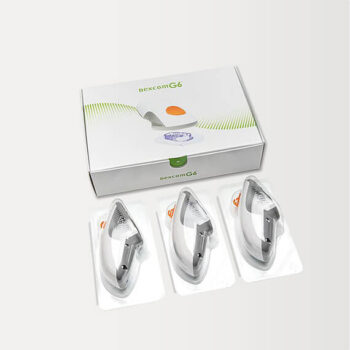
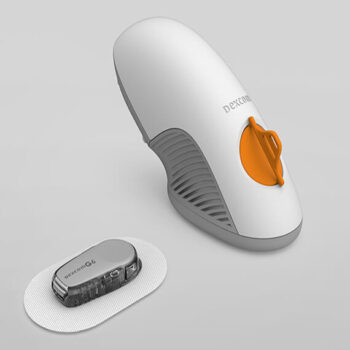

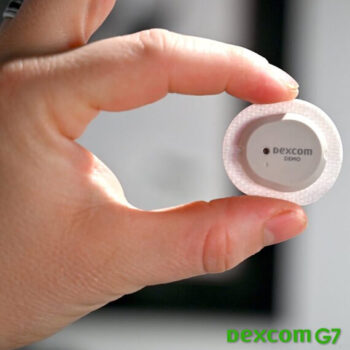




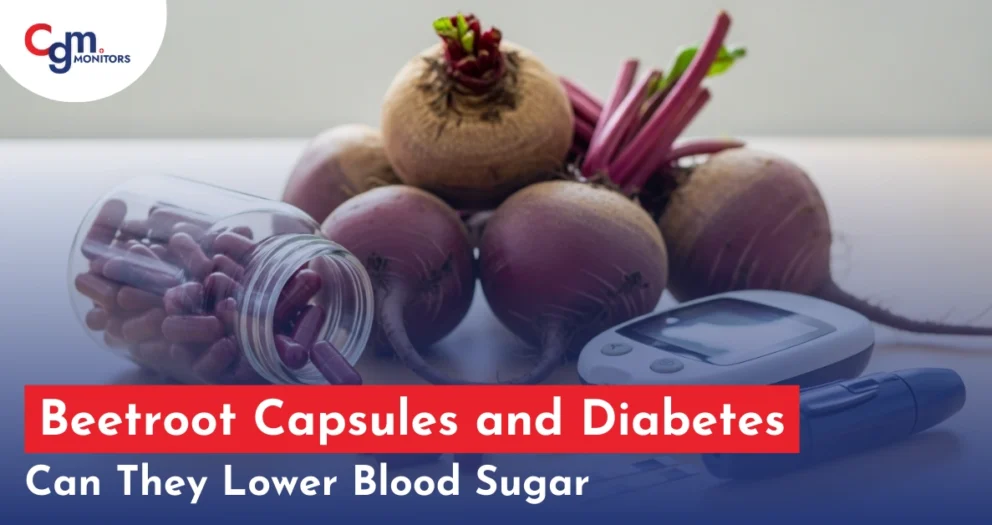

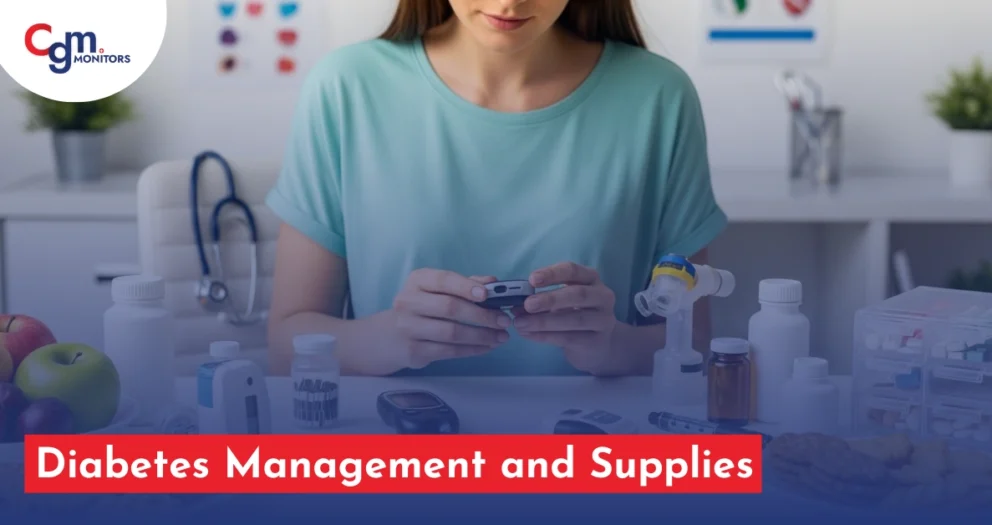
Write a comment
Your email address will not be published. All fields are required